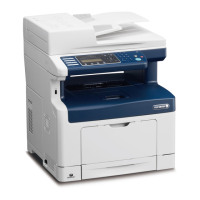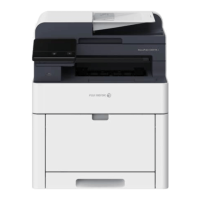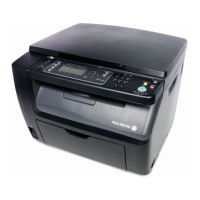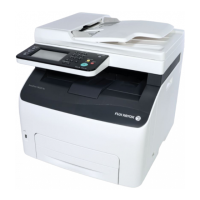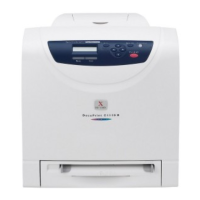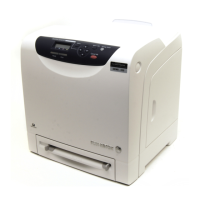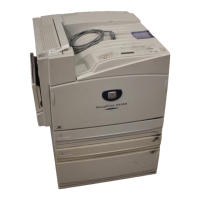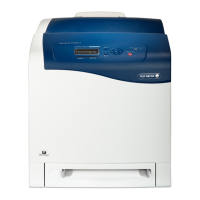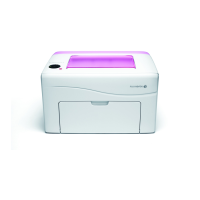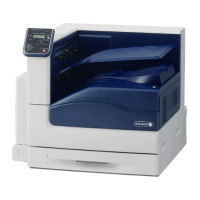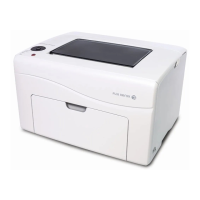10 – 5
Chapter 10 Machine Overview
The difference between analog and digital signals can be easily understood by
comparing analog measuring instruments, such as clocks and scales with their
needles and gradations to digital gauges that display results as a value. An
analog instrument with a continuously moving needle, can, at least in theory, be
read beyond the decimal point to infinitely small divisions (12.47253... g,
35.1864... g, etc.). A digital instrument, however, can only display results to the
minimum necessary decimal place (12.5 g, 35.0 g, etc.).
Conversion of an analog signal to digital signal is called AD conversion. The
reverse is called DA conversion. Image data read by a FAX is a digital signal in
which 0s and 1s are assigned according to whether or not there is black in the
squares of a paper surface divided into a grid. FAX communications that use an
analog telephone network perform DA conversion before transmitting the
scanned image from the phone, and AD conversion before printing the received
data.
